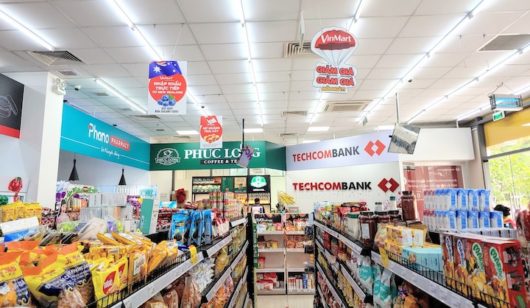E-commerce giant, Amazon’s US$13.7 billion bid for Whole Foods, the up-scale US grocer, “makes sense, but doesn’t come without risks” according to one analyst.
Michelle Grant, head of retailing at Euromonitor International, says Amazon has always wanted to become a big player in grocery.
“However, there are challenges to selling groceries online, such as inconvenient and expensive delivery. It is also difficult to pick produce.”
Announcing the deal on Friday, Amazon CEO Jeff Bezos said the Whole Foods Market brand would be retained, the CEO John Mackey would continue in the role and the company’s headquarters will remain in Austin Texas.
“Millions of people love Whole Foods Market because they offer the best natural and organic foods, and they make it fun to eat healthy,” said Bezos. “Whole Foods Market has been satisfying, delighting and nourishing customers for nearly four decades – they’re doing an amazing job and we want that to continue.”
Euromonitor’s Grant says by buying a physical grocery with a customer base similar to its own, Amazon now has the physical presence that is most efficient, and can offer the best customer experience for shopping for groceries.
“It has a lot of opportunity to bring its digital savvy to the physical realm. However, Whole Foods has been under pressure for some time as consumers left the retailer for less expensive, yet similar products at other retailers.”
Grant says Whole Foods may be difficult to turn around.
“The market has become a lot more competitive. Amazon is notorious for lowering costs and passing those savings onto consumers. Its investors are very patient with the company. I believe that Amazon will let Whole Foods become more aggressive on price.”
Grant predicts Amazon will work with its existing delivery products (AmazonFresh, AmazonFresh Pick Up, PrimeNow) to offer a range of delivery options for minimal pricing, which will put more pressure on grocery retailers to offer these options as well. Another issue is that it could accelerate the sales of online groceries because Amazon may leverage Whole Foods’ relationships with suppliers to sell on the Amazon.com website, which has 300 million customer accounts.
“With a better assortment online, this could also put pressure on competitors who don’t have an online presence,” she said.
Meanwhile, Neil Saunders, MD of GlobalData Retail said the acquisition fulfils the e-commerce giant’s ambition to be a serious player in the grocery market.
“While Amazon could have built up its presence organically, it would have been both costly and time-consuming to bring the business to scale.
“In our view, an online-only operation would also have suffered from perilously low margins and would have damaged Amazon’s profitability as it scaled up. Whole Foods changes that dynamic.”
Saunders said in the long-term, Whole Foods provides Amazon with a well-balanced and nicely distributed physical presence that allows it to offer click-and-collect and other services which are linked to the rest of its business.






